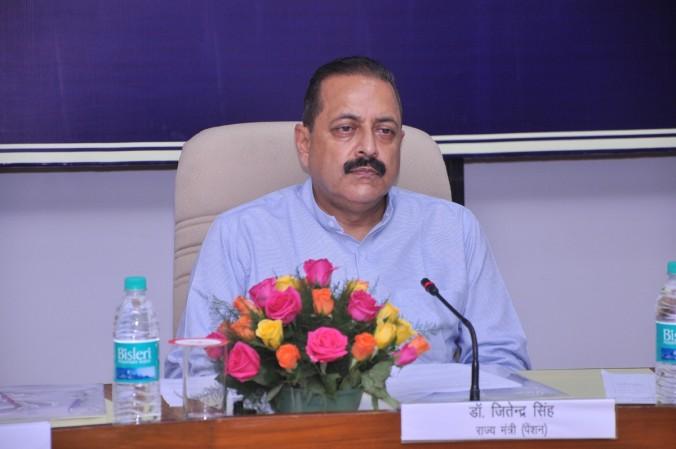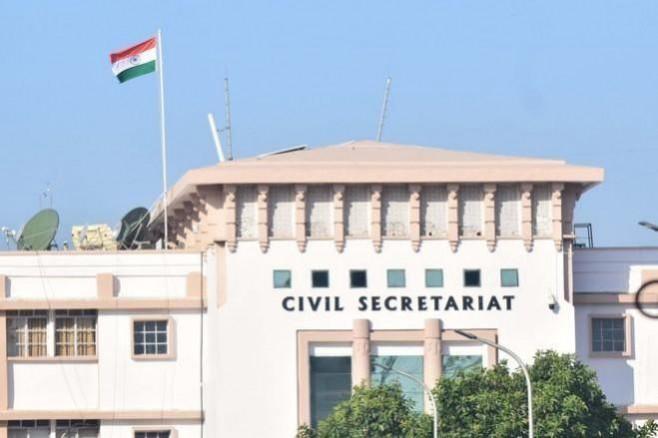The Centre has relaxed DoPT deputation rules to encourage IAS and other all-India service officers as well as those of the Central Services get posted in Jammu and Kashmir, in a bid to address the shortage of officers in the Union Territory.
Union Minister of State for Personnel Jitendra Singh said that due to relaxation of DoPT rules, 22 officers belonging to various services and different cadres have been posted in Jammu & Kashmir at various levels at a crucial time.

He said that DoPT has played a major role in facilitating induction of Jammu & Kashmir Administrative Services officers into the IAS by coordinating with UT administration, the Ministry of Home Affairs and the UPSC.
As a result, recently 16 officers from JKAS have been inducted into IAS and another 8 such vacancies will be filled up shortly giving opportunities to the JKAS officers to become part of prestigious IAS service after a long gap of 12 years.
The Minister added that mid-career training of JKAS officers of various seniority was carried out in collaboration with the LBSNAA and this has provided a new level of exposure to the JKAS Officers and more than 200 offices.

Some other initiatives by the Ministry include special concessions or incentives to the Central government employees working in the Kashmir Valley in attached and subordinate offices or PSUs falling under control of the Central government. They have been extended special concessions for a period of 3 years with effect from August 1, 2021 and the incentives include an additional house rent allowance, composite transfer grant, per diem allowance, incentive for period of temporary duty, messing allowance, and facility to draw pension at place of settlement in relaxation of relevant provisions.
Besides, facilities for retention of general pool accommodation available to officers who have served in the Central government has also been extended to officers posted in Jammu and Kashmir on the pattern of northeastern states.
(With inputs from IANS)














